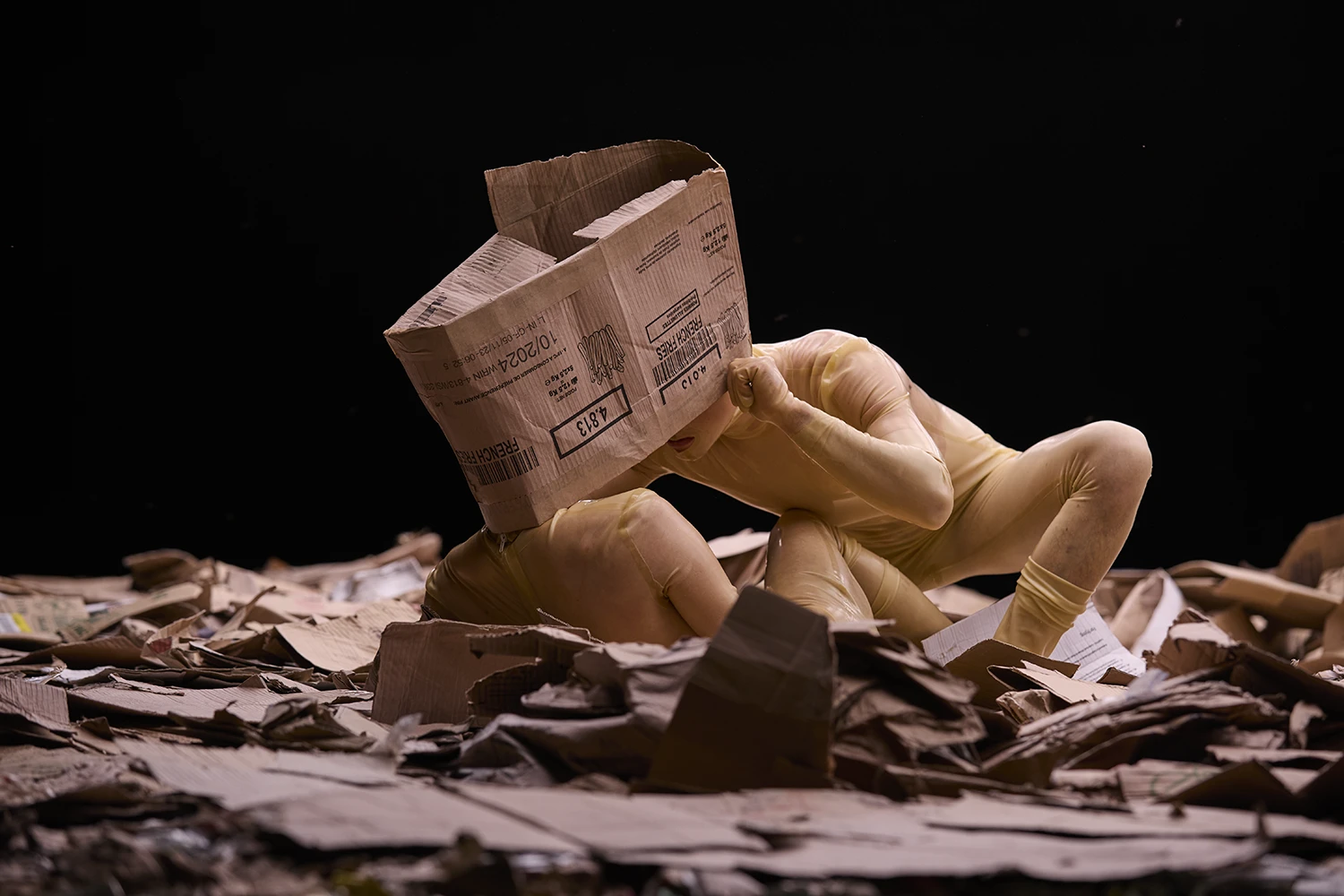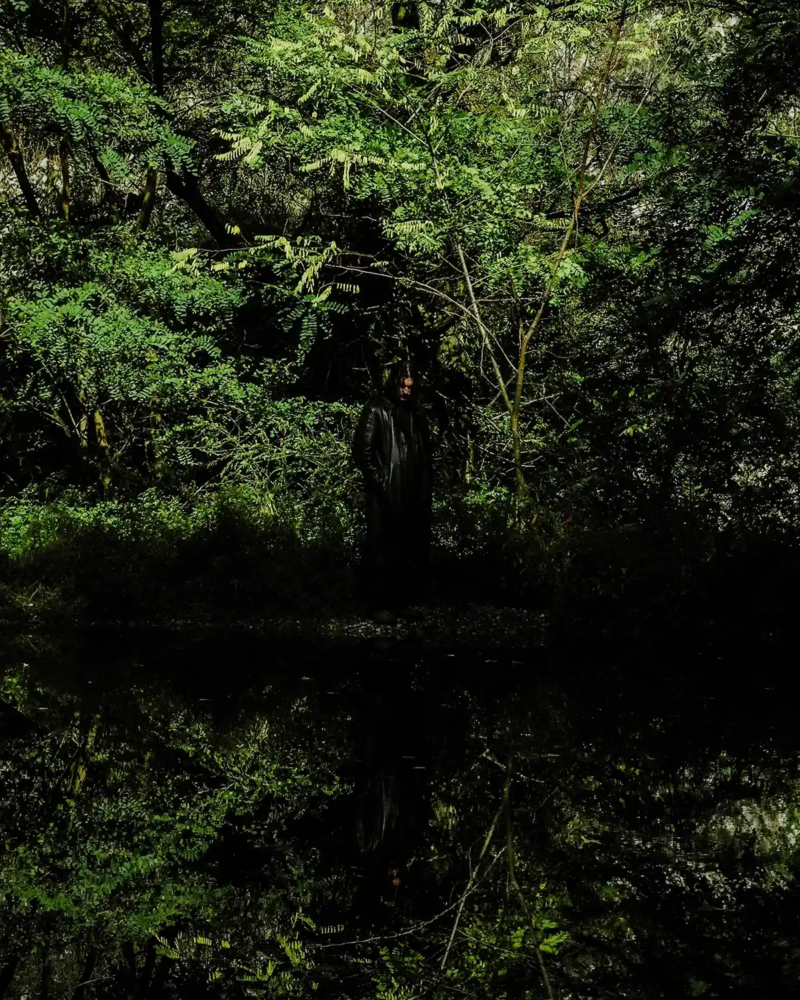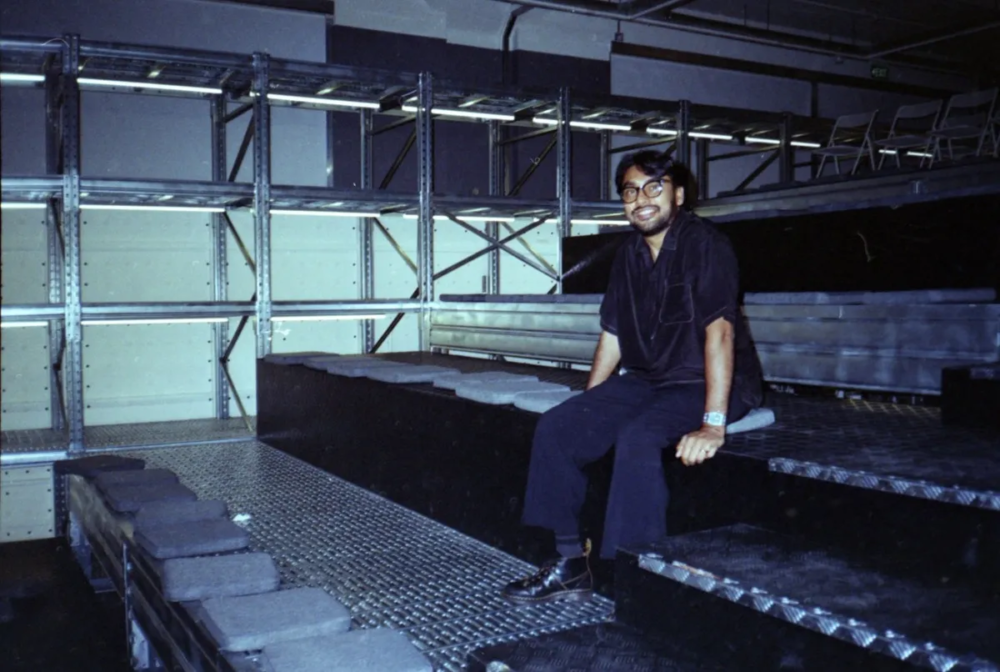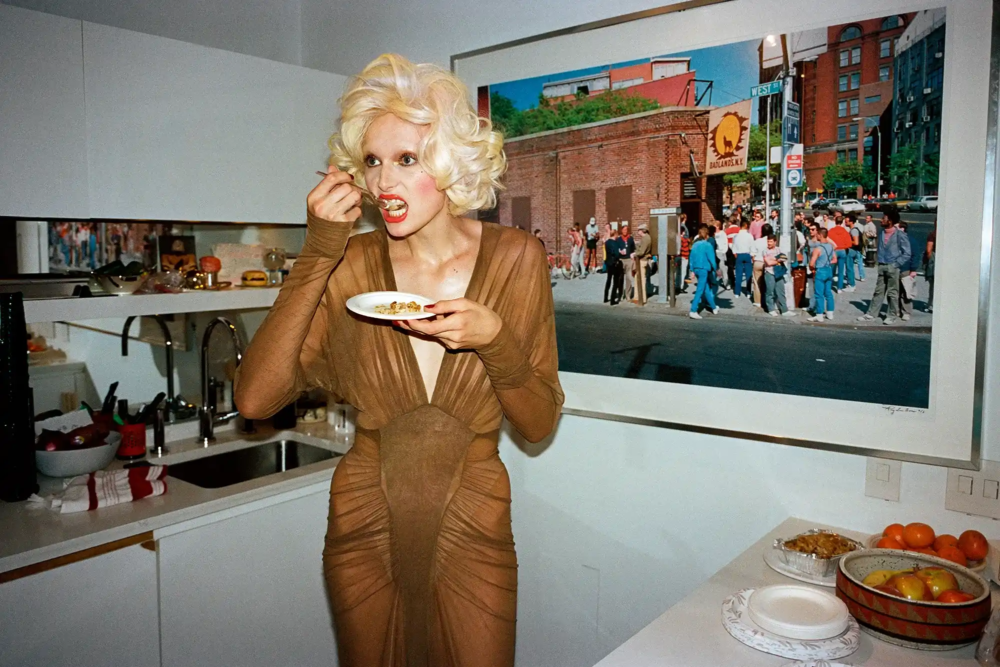
I don’t use barriers: Théo Mercier’s Rituals
No fences, glass, or don’t touch signs. The work is accessible. It’s vulnerable. You can break it, push it, or even steal it if you want
Théo Mercier / Mediums
My latest project, Skinless, is a giant sculpture made from garbage. On top of it, there’s a performance. During the day, it functions as an exhibition, and at night, it transforms into a performance space. Over the past few years, my work has been moving between those mediums. It’s not strictly performance, exhibition, or sculpture. I’m looking for those in-between spaces – new rituals, new methods of creating – where different mediums hybridize. The medium follows the idea and depends on the context. The audience at a historical museum in France might influence the direction of a project. I’m often invited
to specific spaces, not the typical white cube gallery or black box theater. A big part of my job is to invent shapes, stories, and concepts, as well as systems of production. Lately, I find myself navigating different worlds – experimental theater, fashion, contemporary art.
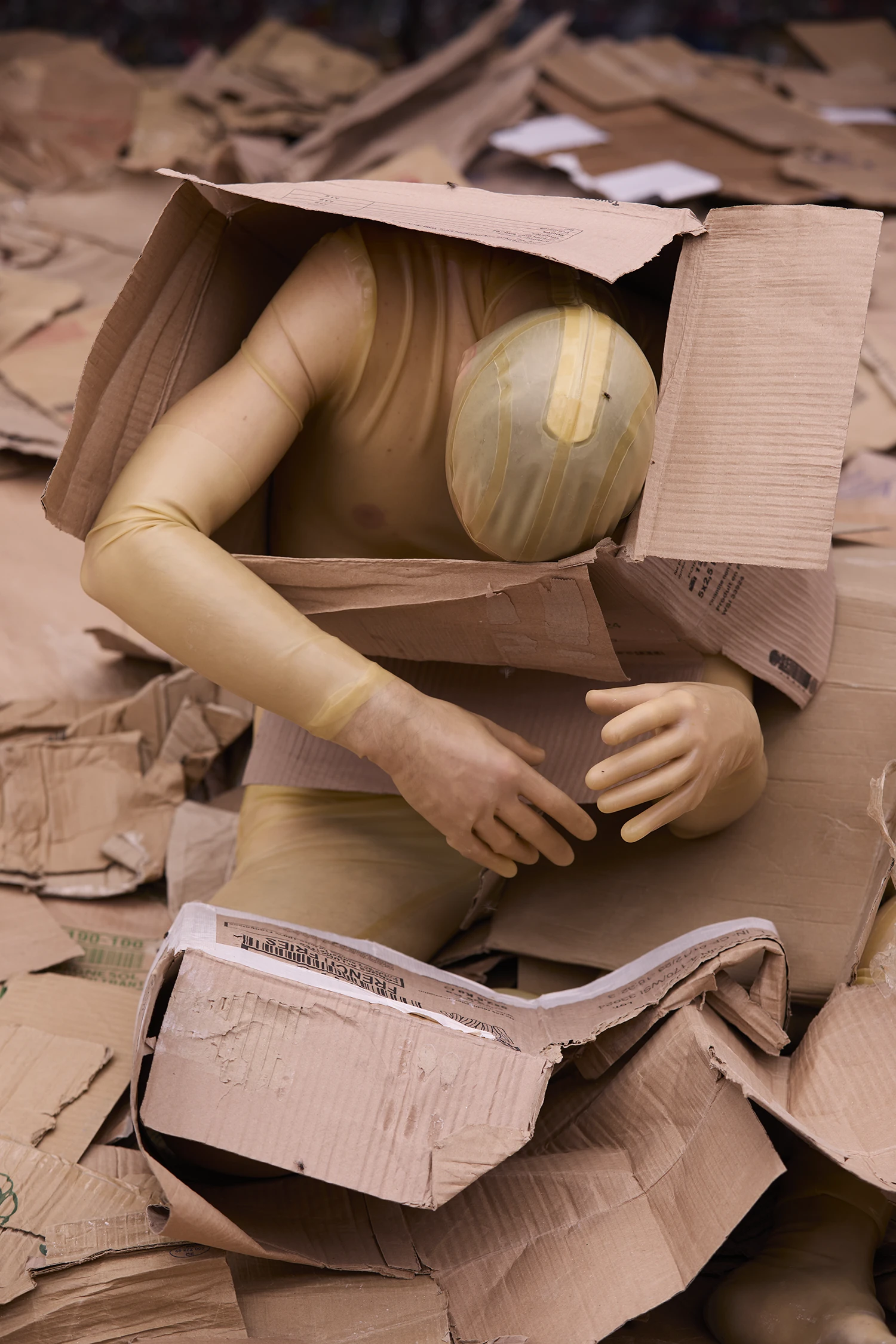
Théo Mercier / Rituals
I studied industrial design, focusing on the relationship between the user and the object. That’s how I started, then I moved into sculpture. Sculpture also has utility, but it’s different from designing a chair or a car. Over time, I became fascinated by our relationship to objects. Even a small, everyday object can tell us so much about our world – where the materials come from, who builds it, who sells it, why we buy it, how we use it, and why we eventually discard it. You can unravel the story of globalization, human relationships, and our connection to the environment from a single object. Once I realized that, I began playing with those ideas more.
Museums, pedestals, display cases – they all shape how we perceive objects. We view an object differently, whether in a museum, a supermarket, or in our home. Exploring those relationships and environments has become a part of my work. I’ve been working on ritual hacking. I’m not inventing new rituals, I’m hacking into existing ones. It’s about disrupting or creating some form of trouble within these regular rituals. The rituals can be anything – the ritual of performance, the ritual of the museum, or even everyday rituals like brushing your teeth, feeding your kids, having dinner, or having sex. These rituals shape how we perform our lives. While I explore dreams and imaginary worlds, my work is rooted in reality.
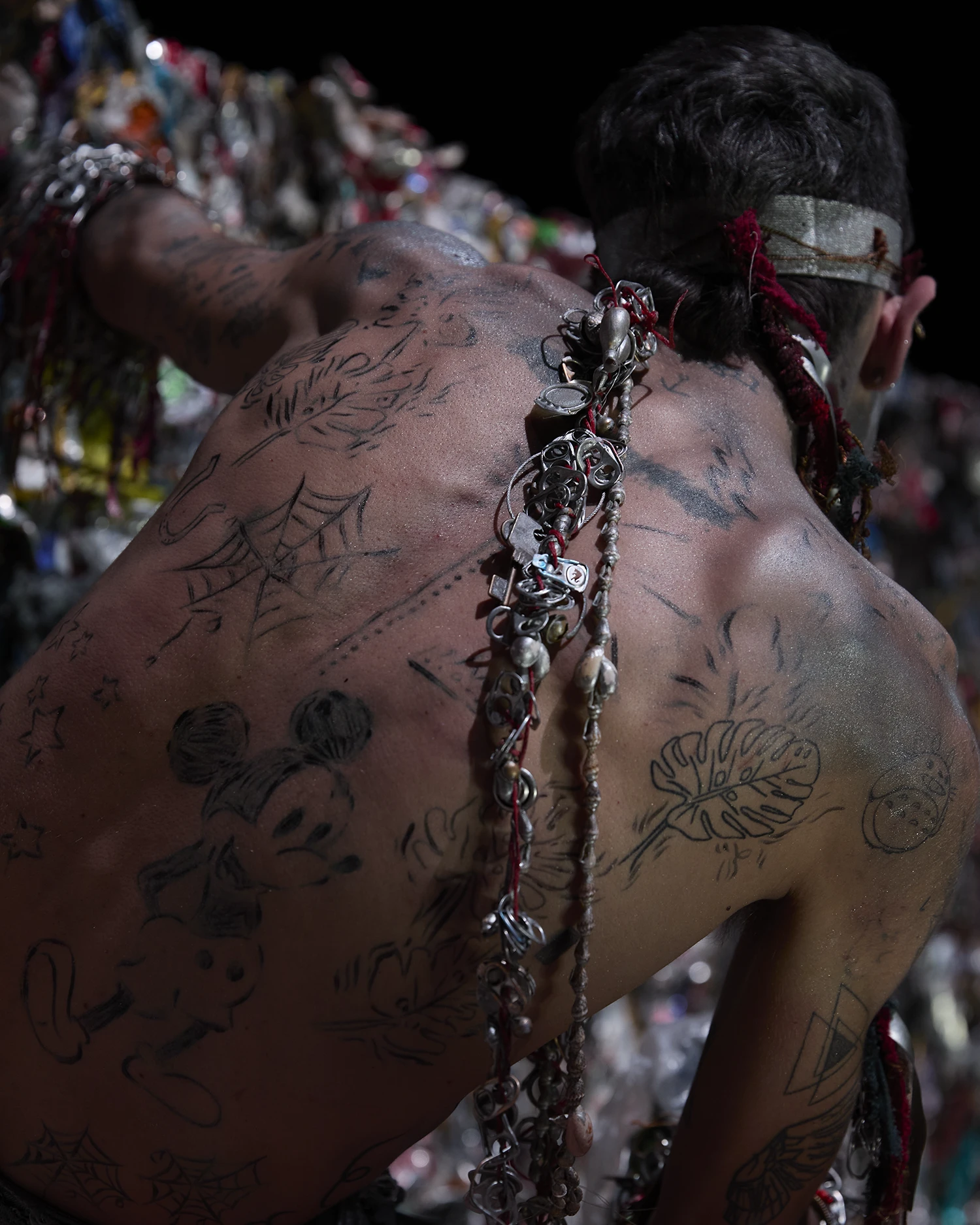
Théo Mercier / Barriers
I don’t use barriers with my sculptures. No fences, glass, or don’t touch signs. The work is accessible. It’s vulnerable. You can break it, push it, or even steal it if you want. I don’t want to create distance between the work and the audience. In Skinless, the audience stands around an arena made of garbage. The garbage is all around, and there are insects everywhere. In another project, we asked people to remove their shoes and follow the performance barefoot in the sand.
At Villa Medici in Rome, we had cars falling from the sky. The work should exist as part of a larger environment without being protected by a pedestal or separated by labels. Found objects are my companions of ideas. I’m mostattached to stones, big river stones. I’m searching for shapes rather than value. When I collect ceramics, it’s about the shapes. They might be simple pots or tools, but the form and outline captivate me. With stones, it’s similar. I look for sculptures that nature has already created.
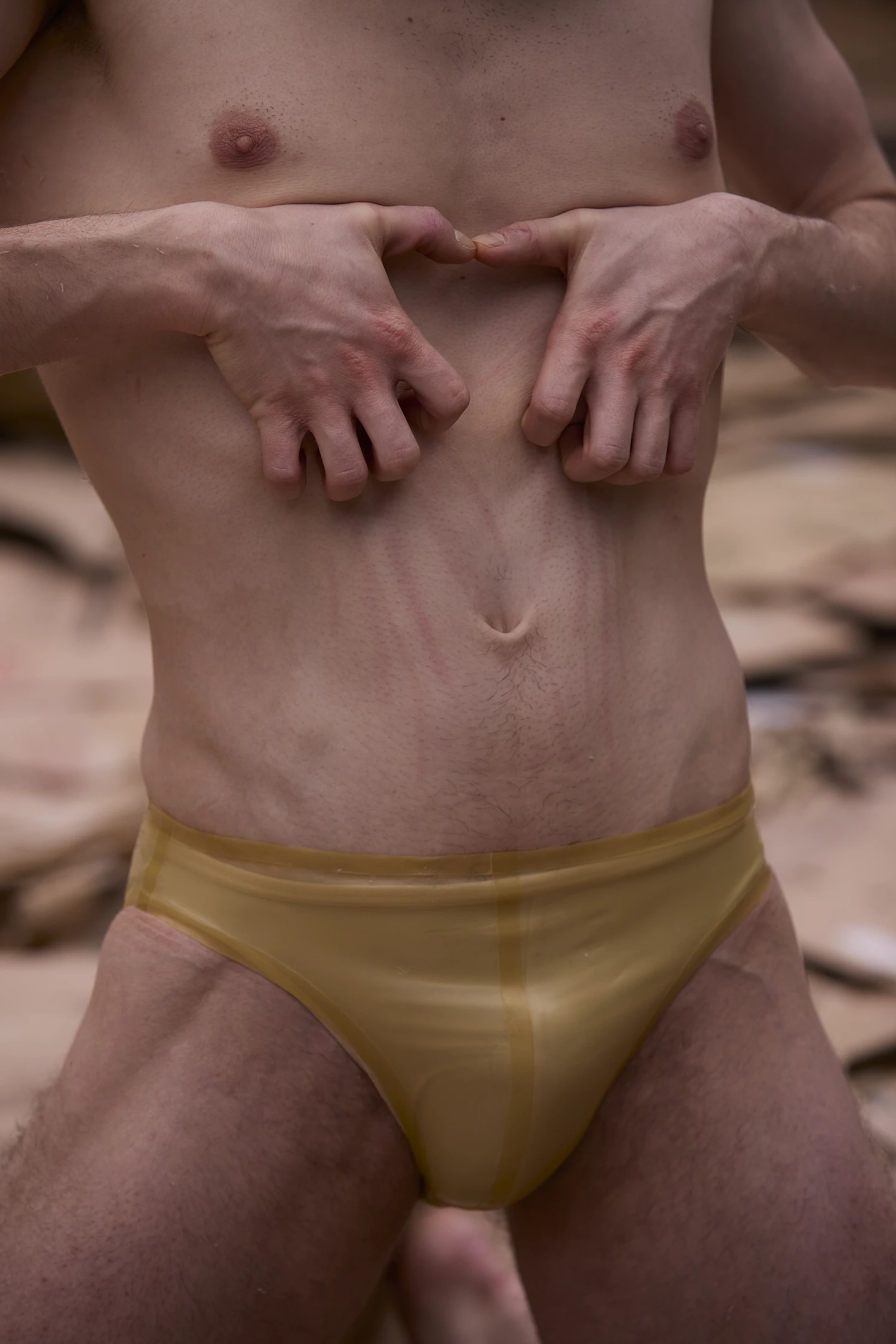
Théo Mercier / Titles
Language is often the starting point of the work. I need to write titles down to see how they look – how the letters interact visually. It’s about graphical music – how the letters work together. I’m not a musician, but I would’ve been a musician if things had gone differently. Maybe a singer or a composer.
I keep that fantasy alive in my work. Before starting any project, I write a lot. I write as much as I draw, and often, the drawings have words surrounding them. It’s all connected – capital letters, punctuation, or repetition. I’m questioning the poetry around the work. Although this aspect of my job isn’t as visible, it’s there in the background. I’ve used banners or titles as part of the installation. The titles become graphic objects, like a catalog or a visual element accompanying the project. Beyond the graphic aspect, I’m also a big reader. Each project has its bibliography. I find more references in literature than in art history.
Théo Mercier / Choreographie
I’ve been working with theatrical and choreographical performances for about eight or nine years now, but I’m not a theater director, and I’m not precisely a choreographer either. I don’t straightforwardly work with language. I’m shy when using spoken text or pure movement. I find myself in this space between performance and body language. What I do physically isn’t spectacular – it’s more about creating a subtle physical language. During workshops or rehearsals, I might have two people who don’t know each other sit in front of one another. I ask them to communicate something personal – maybe their most secret thought – without using any words. It’s about creating an intensity in that silence. The goal is to make those unsaid things come alive, to have energy between the two people without any spoken interaction.
Elisa Carassi
